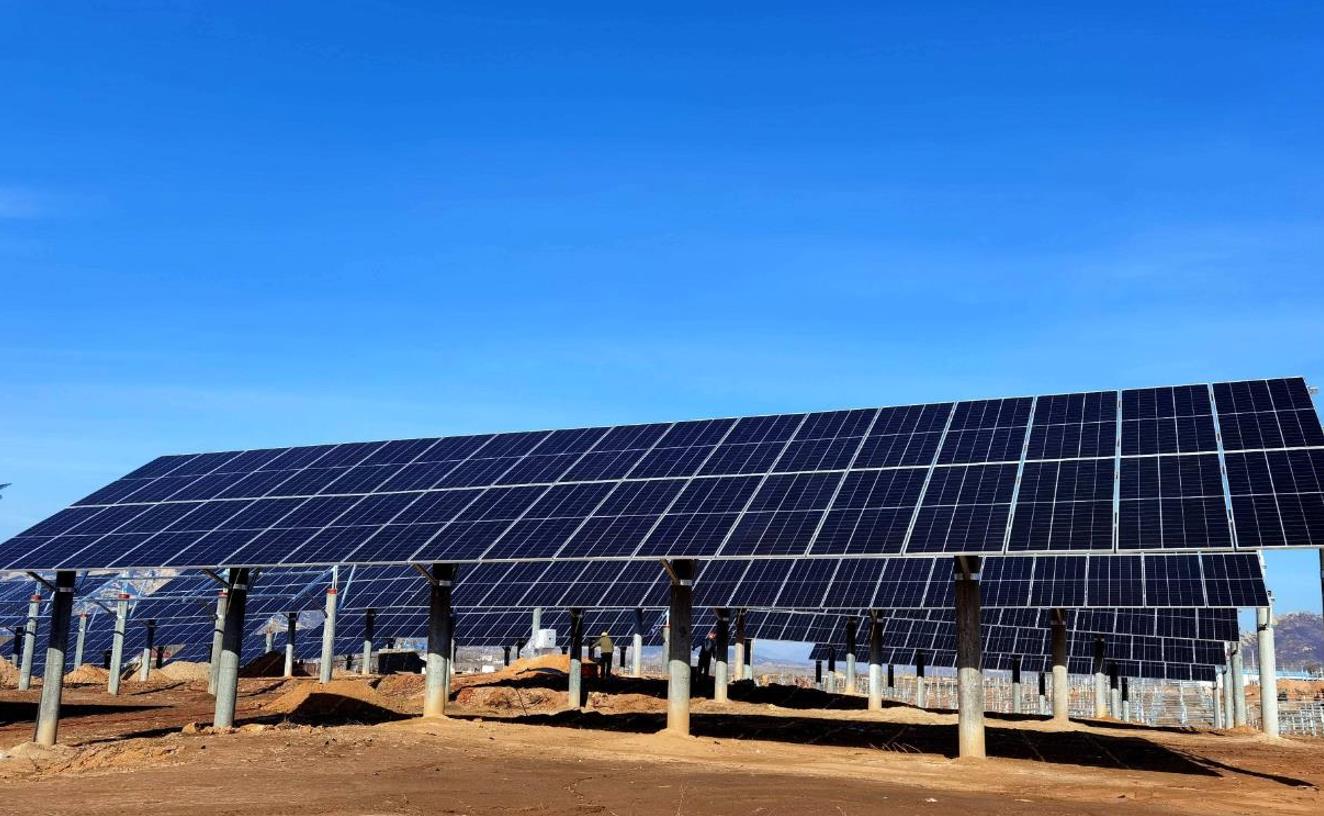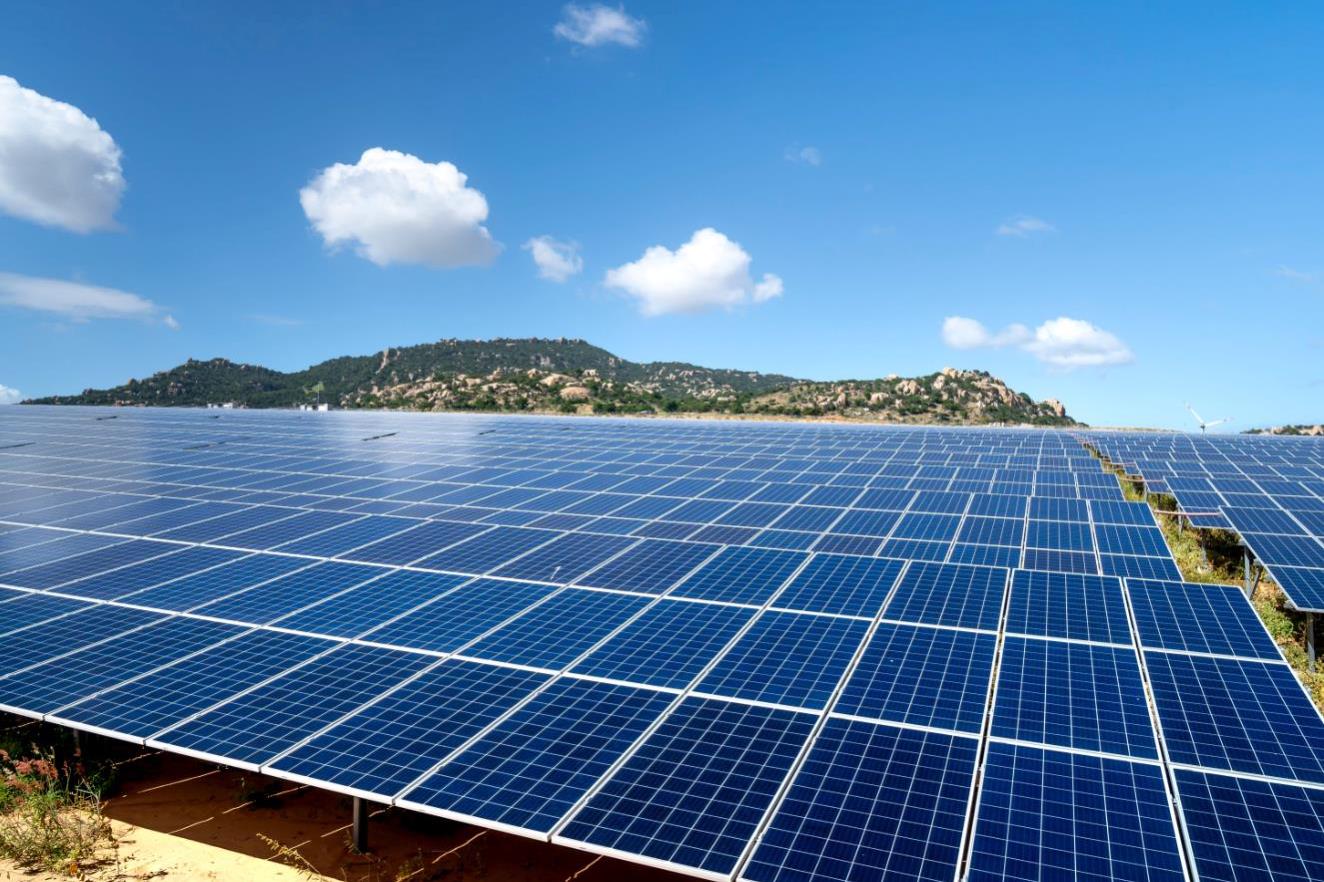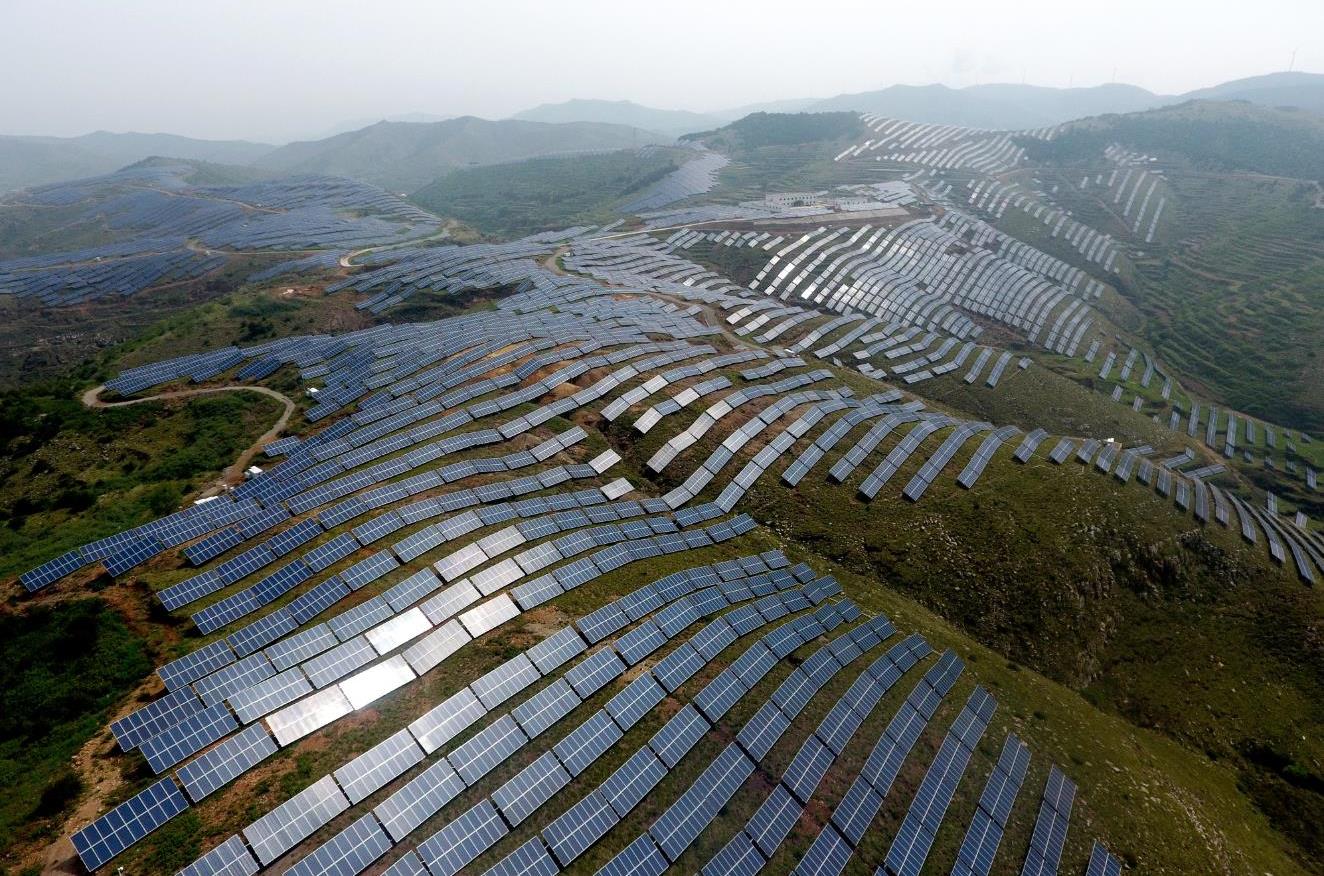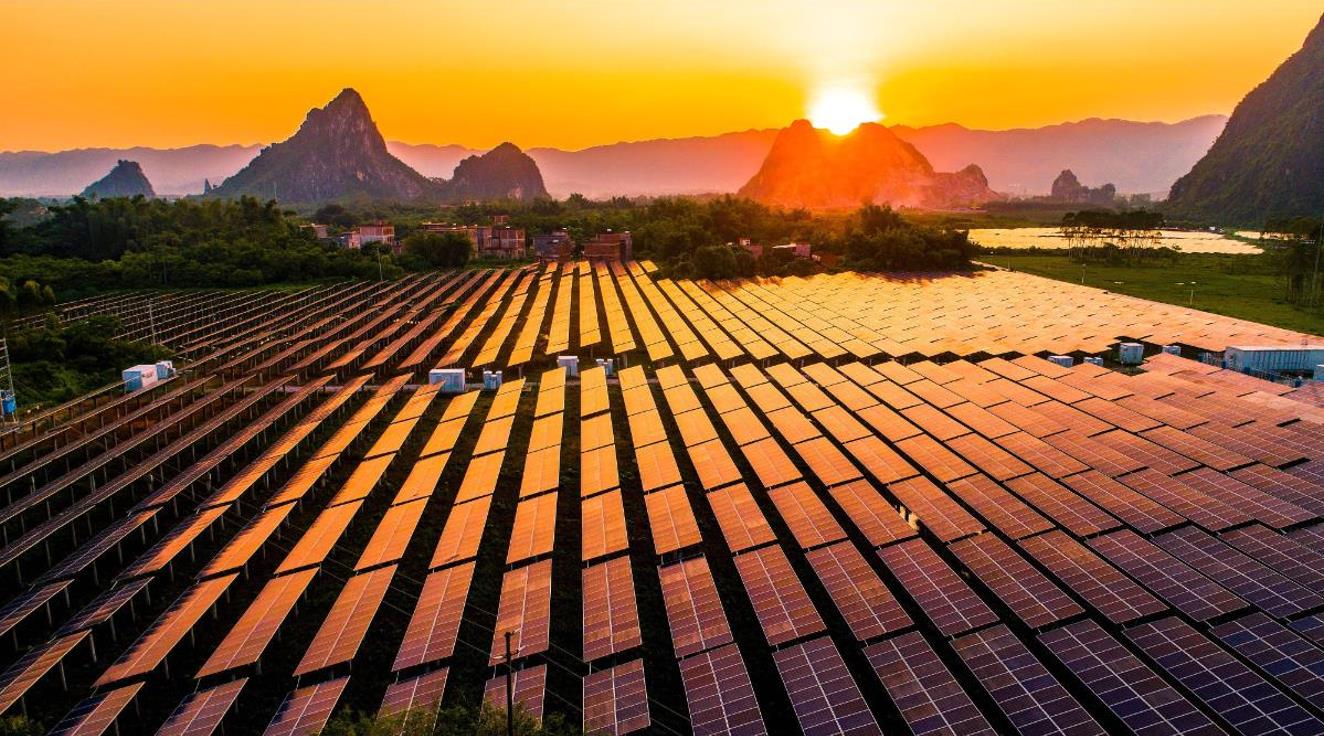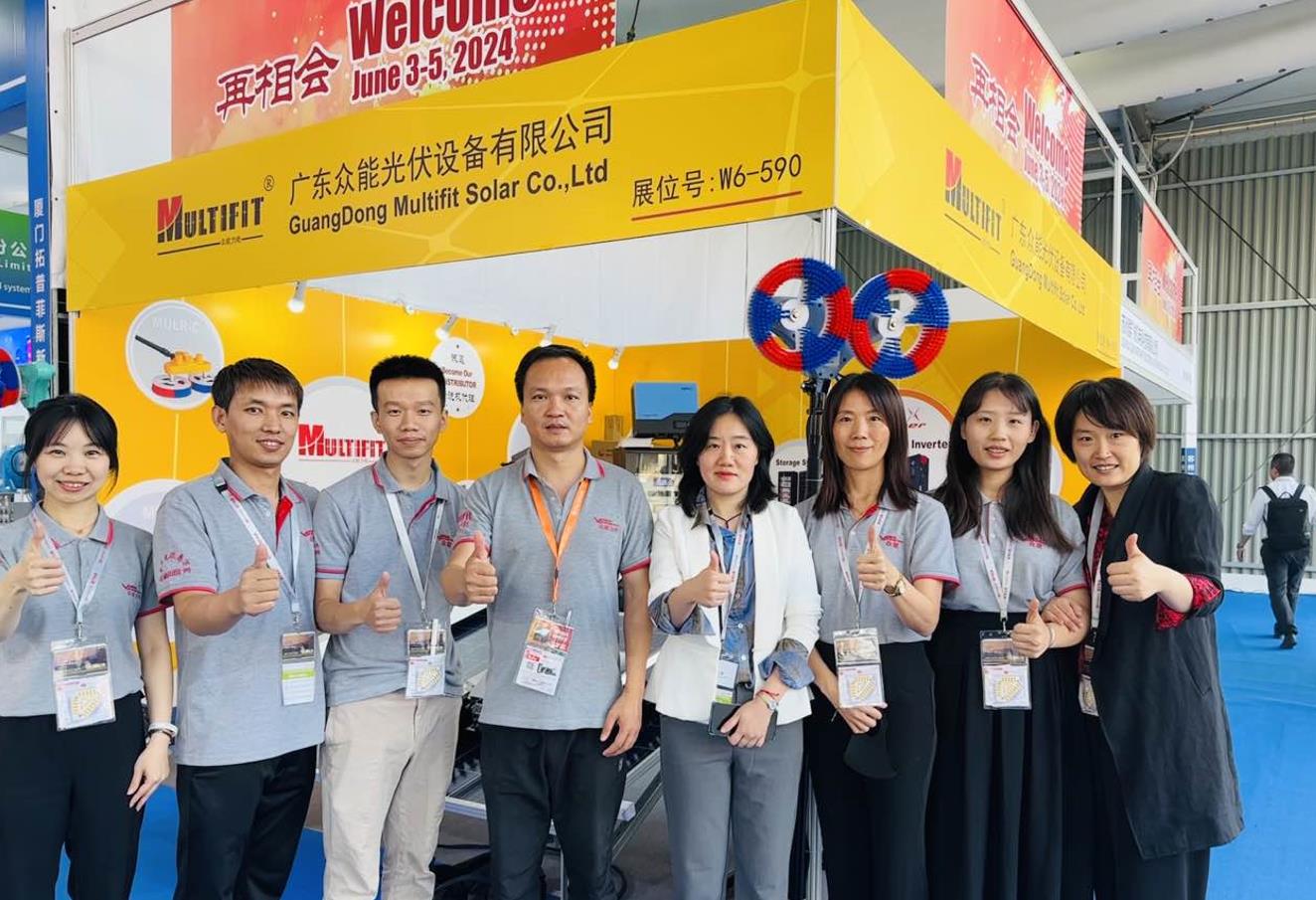Recently, we have found that in China, P-type photovoltaic modules companies have generally quoted prices below 0.9 yuan/W or even approaching 0.8 yuan/W. With the acceleration of production capacity clearance, many enterprises have launched N-type production capacity, and the price competition for N-type photovoltaic module is even more intense than that of P-type. Considering the recent bid opening for the 42GW photovoltaic modules project of China Electric Power Construction Corporation, since the beginning of this year, the winning prices of photovoltaic modules for large state-owned enterprises have continued to decline significantly. Photovoltaic modules prices below 0.9 yuan/W may become the norm.
So what is the difference between P-type photovoltaic modules and N-type photovoltaic modules?
The biggest difference between P-type photovoltaic modules and N-type photovoltaic modules lies in the differences in raw material silicon wafers and battery preparation techniques. In terms of raw materials, according to the different doping elements used on silicon wafers, they can be divided into N-type (using phosphorus doped N-type silicon wafers as substrates) and P-type (using boron doped P-type silicon wafers as substrates)solar cells. In terms of preparation technology, P-type solar solar cells mainly use traditional aluminum back field solar cells(AI-BSF) and passive emitter and back cell (PERC) technologies. The preparation technology of N-type solar cells mainly includes tunneling oxide passive contact cells (TOPCon), intrinsic thin film heterojunction cells (HJT), full back electrode contact cells (IBC), and passive emitter back surface full diffusion cells (N-PERT).
hat are the advantages of N-type high-efficiency solar cells?
Compared with P-type single crystal solar cells, N-type single crystal solar cells have many advantages:
(1)In terms of double-sided ratio, the higher the double-sided ratio, the higher the power generation gain on the back of the component
(2) In terms of temperature coefficient, N-type solar cells have a lower temperature coefficient than P-type solar cells, are less affected in high-temperature environments, have better power generation performance, and are suitable for areas with better irradiation conditions.
(3) In terms of attenuation, under the same comprehensive output power, the full life cycle power generation of N-type modules will be higher than that of PERC modules, with greater premium space.
(4) In terms of power generation efficiency, the minority carrier lifetime of N-type solar cells is longer than that of P-type solar cells, which can greatly improve the open circuit voltage of solar cells and bring higher battery conversion efficiency.
(5) In terms of weak light effect, compared with P-type solar cells, N-type solar cells have better spectral response under weak light conditions, longer effective working time, and can generate electricity during weak radiation intensity periods such as morning and evening, cloudy and rainy days, with better economic efficiency.
Multifit Solar has been committed to the photovoltaic power generation industry for over 15 years, with a professional team conducting in-depth research and production of photovoltaic modules. It has been exported to over 50 countries overseas and has received unanimous praise from users. In the future, we hope to provide higher quality products to more customers.
Post time: Jan-16-2024


